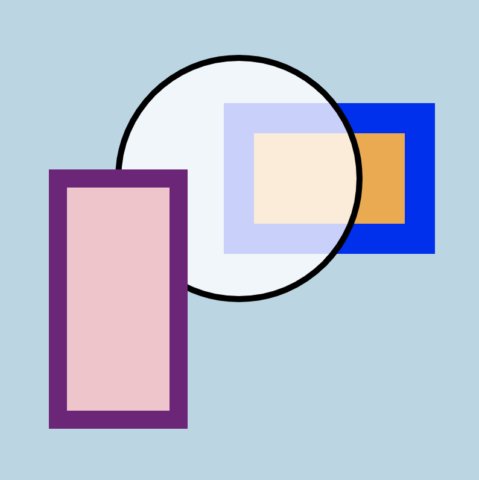1A. Iteration: Seven Circles

1B. Variables: A Parametric Triangle

1C. Transformations + Functions: Critter

1D. Nested Iteration With Functions: Repeated Motif

1E. Nested Iteration + Randomness Gradient: Recoding Schotter (1968)

Electronic Media Studio: Introduction to Interactivity and Computation
60-210 • Spring 2021 • Prof. Golan Levin
This piece is by Helena Sarin @helena.sarin
It is a part of her Latenttuce series for her book, The Book of veGAN.
While I know these are supposed to be lettuces, I couldn’t help but looking at them like they were raw chunks of meat… The texture is so wonderfully lumpy and bulbous in spots. As many of you already know I am super into these kinds of fleshy/bodily textures, so this one really caught my eye.
Kate Compton’s “10,000 Bowls of Oatmeal Problem” explains the issue of perceptual uniqueness when generating at a large scale. Her metaphor with oatmeal easily displays this idea – noting how even though each bowl is technically different, at such a large scale the differences become much harder to read. Soon, it all begins to look somewhat the same. When generating at a large scale, the products may have many differences but that does not necessarily mean they will look unique. This brings up the idea of perceptual differentiation – which is not the same as perceptual uniqueness. Perceptual differentiation does not go further than making each generated product different from one another. This may be as small as changing the color of a person’s eyes, a detail that may be overlooked when put alongside hundreds of other people. If what you are going for is just some large crowd, this is perfectly fine. However, if this crowd needs to have distinctive figures, perceptual uniqueness takes a step further to make each product perceivably unique to the human eye. But, as Compton explains, making these large generative works have perceptual uniqueness is no easy task. I think this could certainly be a problem if the recipients of a generative work expect the product to be unique each time. It may become boring if they feel like it is getting too repetitive. Maybe a more technical way of overcoming this problem could be to increase the randomness.



So even though it wasn’t required for us to do something animated, I knew from the beginning that I wanted to try it out. I really liked the idea of making a beating heart, but with how complex my heart was, it was really a challenge. I probably spent way more time than I should’ve to make the pulsing function and it still wasn’t quite there, so I asked Connie for some assistance and she showed me a wayyy more efficient way of doing it. She also helped me with figuring out how to make the individual hearts beat within my for-loops instead of all of them beating in one unit. I was originally going to leave all of the text static, but I thought it would be more eye-catching for the “Happy Valentines Day” to pop. To do this, I added the same scaling factor I used for the hearts onto textSize(). I also randomly generated a unique shade of pink for each card (using hex values) and a randomly generated name from an array.
In examining my project in regards to the “10,000 Bowls of Oatmeal Problem,” I think I definitely could’ve done more to make each card more unique. I did spend most of my time figuring out the functionality behind my card, and I think I may have neglected some of the design aspects, mainly in making each one really different from one another. Other than the background color changing to a different shade of pink and the name, there wasn’t a whole lot of change from card to card. Originally I wanted to stay within the valentines day color range, but looking back now, I think it would’ve been more fun to use colors from out of this range as well. Then, I could’ve had more options to make each one really differentiated. I did want to stick with the more simplistic message so the hearts would really pop, so in that area, I think it was okay that it didn’t change.

(something weird was going on with the colors so it’s not quite as saturated as the original)